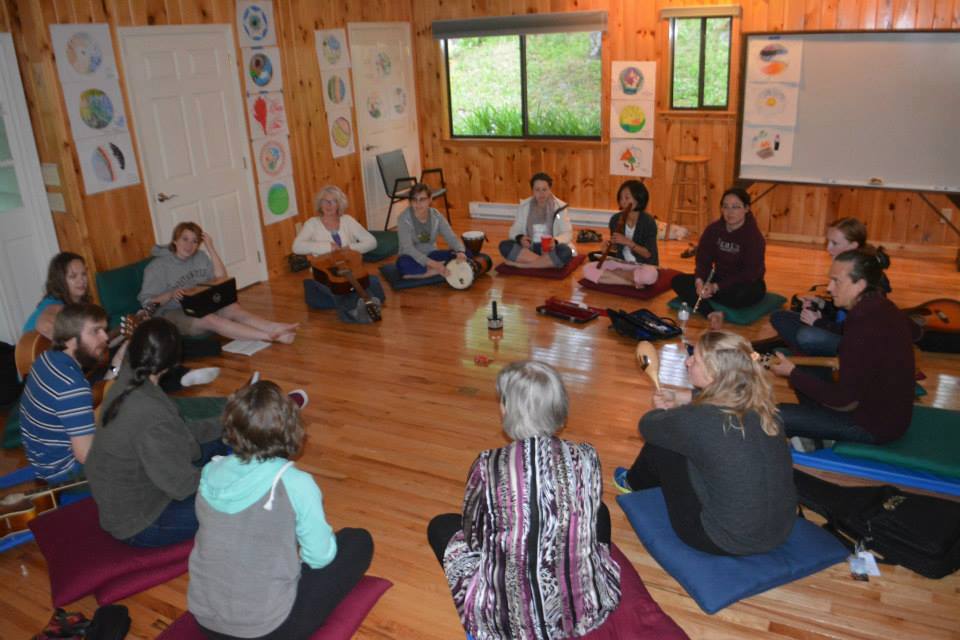About Appalachian GIM Institute
What is the Bonny Method of Guided Imagery and Music?
The Bonny Method of Guided Imagery and Music (GIM) is a music-centered depth approach to transformational therapy that uses selected sequences of Western classical music to support the generation of and movement through inner experiences. In GIM, the music serves as a catalyst and container for imagery that allows one to access and explore both the depths and the heights of the human experience.
Our Teaching Philosophy
• the self-actualizing potential of every human being,
• the wisdom of the Psyche, when heeded, to lead one toward growth,
• the power of music to facilitate such growth, and
• the capacity of the human imagination to provide a door into the Self, thereby serving as a conduit for growth-inducing experience.
Grounded in Jungian, humanistic, and experiential models of psychotherapy, as well as the transpersonal psychology of Frances Vaughn and Ken Wilber. We view the following to be foundations for personal and spiritual growth:
• increased awareness;
• integration of all aspects of oneself;
• reconciliation within self and between self and others; and
• exploration of transpersonal and archetypal experiences.
What happens in a typical session of GIM?
The typical GIM session begins with a preliminary conversation during which the client shares current concerns and celebrations. The therapist assesses the mood, energy level, and salient issues of the client and selects the music for the session.
The client then reclines as the therapist offers suggestions for relaxing the body and focusing the mind in preparation for the music.
Once the music begins the therapist does not make suggestions as is typical in other forms of imagery with music. Instead, the client takes the therapist along on their journey by describing the experience as it unfolds. The therapist’s role is one of facilitator and witness, to support the client’s engagement with whatever experience may come.
After the 35– to 45-minute period of music, the therapist facilitates a return to waking consciousness, and the client and therapist review the session together.
The GIM therapist can modify any aspect of the session to meet the individual needs of those with whom you work.

Benefits of GIM
- Depression, depressed mood, and total mood disturbance
- Anxiety
- Interpersonal problems
- Stress hormones
A series of GIM sessions was found to improve:
- Quality of life
- Resilience to daily stressors
- Outlook on life
Among the benefits reported by clients who have experienced a series of GIM sessions are:1
- getting more in touch with one’s emotions
- gaining insights into problems
- spiritual growth
- increased relaxation
- discovering new parts of oneself
- reducing death anxiety related to terminal illness
- reducing symptoms of chronic illness
- acquiring skills for self-care, and
- finding beauty in the world despite distress, chaos, and uncertainty
Among the reported benefits of adaptations and modified forms of GIM are to:2
- help the client identify and nurture inner resources
- reduce symptoms and increase quality of life is adults with complex PTSD
- exploring the meaning of bullying in school children
Additional studies may be found in journals around the world.
1. Fox, 2020; Jacobi & Eisenberg, 2001–2002; Killoran, 2023; Maack & Nolan, 1999.
2. Band, 2016; Dimiceli-Mitran, 2020; Maack, 2012; Moffitt & Hall, 2003–2004; Papanikolaou, 2020.

Contact
For more information about GIM training, contact us:
mckinneych@appstate.edu
(828) 773-4630

